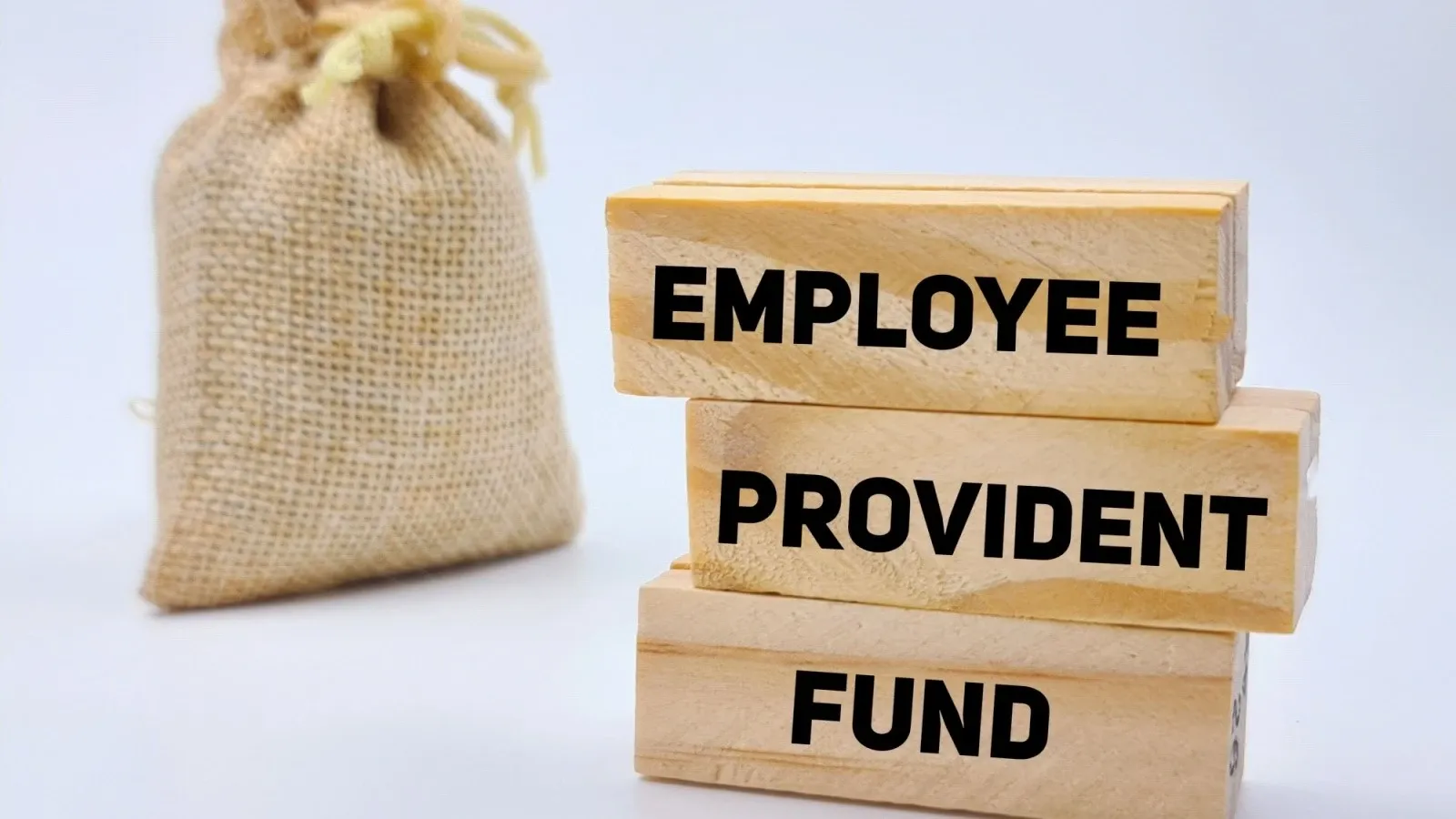Personal Finance News
Basic salary ₹1 lakh? Here's how to save tax-free ₹1.5 crore in 15 years
.png)
4 min read | Updated on September 02, 2025, 18:03 IST
SUMMARY
It's possible to save fully tax-free ₹1.5 crore in 15 years if your basic salary is ₹1 lakh under the new tax regime with the help of NPS, PPF, and EPF. This article explains the calculation.

See how to save ₹1.5 crore in 15 years without the need to pay any taxes. | Representational image source: Shutterstock
If your basic salary is ₹1 lakh, you can save approximately ₹1.5 crore tax-free corpus in 15 years under the new tax regime by using three schemes: Public Provident Fund (PPF), National Pension System (NPS), and Employees Provident Fund (EPF). Let's understand how this will be possible and how much you will have to invest every month.
But first, let's have a look at some key rules and assumptions that will come into play in this calculation:
-
Irrespective of the tax regimes, you can invest ₹1.5 lakh under PPF and withdraw a fully tax-free amount on maturity after 15 years.
-
Currently, the PPF interest rate is 7.1% and is subject to change every quarter. In this article, let's assume a fixed 7.1% interest for the entire 15 years.
-
Under EPF, an employee can invest 12% of Basic Salary + DA. The employer also makes a matching contribution, which is split into EPS (subject to a maximum of ₹1250 or 8.33% of ₹15,000 and the remaining in EPF. There is no tax on returns from up to ₹2.5 lakh annual contribution by the employee. For this article, let's assume the total annual contribution towards EPF is only ₹2.5 lakh, which is equal to a monthly contribution of approximately ₹20,833.
-
EPF is currently offering 8.25% interest. For this article, let's assume there is no change in the EPF rate for 15 years.
-
Under the new tax regime, the employer can contribute up to 14% of your basic salary + dearness allowance towards the National Pension System (NPS). This can not only help lower the current tax outgo but also help withdraw 60% of the accumulated corpus tax-free. The NPS subscriber needs to buy a pension plan with the remaining 40% corpus. Let's assume the employer is contributing 14% of basic or ₹14,000 towards NPS per month, and the annualised return on investment is 10%.
Now, let's go to the calculation:
Thus, the total tax-free amount one can withdraw in the case discussed here from the three schemes will be = A+B+C = ₹40.8 lakh + ₹74.2 lakh + ₹35.1 lakh = ₹1.5 crore.
What is the total monthly investment?
Please note that in the above example, the total monthly contribution at the start will be ₹12,500+₹14,000+₹20,833 = ₹47,333. Is this possible to invest so much from only ₹1 lakh basic salary, you may ask?
Well, it's possible. The basic salary is different from the actual in-hand salary. In fact, for an employee with a ₹1 lakh basic salary, the total monthly salary could be around ₹1.9 lakh, which will leave enough amount for other investments and purposes. Moreover, we have not assumed the annual salary hikes that the employee may receive during the 15 years.
Related News
By signing up you agree to Upstox’s Terms & Conditions
About The Author
Next Story




